Trigger warning: This story mentions the author’s sexual abuse as a child.
Do we really have the ability to self-heal? What does self-healing look like? The process is different for everyone, and it may come in a form you don’t expect.
Before me lay an alpine meadow along the Beartooth Pass on the border of Montana and Wyoming. The wind was brisk; the sun hid among the clouds, and some rain drizzled down.
I glanced at the twisting road that snaked up the mountain, with guardrails along the road near steep drop-offs.
On the meandering highway to the summit, we often pulled over to soak in the view and mindfully enjoy the solace offered by the mountains, which hold a unique curative energy.
Traveling up the Mountain: A Journey in Self-Healing
A waterfall tumbled down the mountain, carving channels through dirt and rock, giving life to various plants. As the road climbed higher, the waterfall narrowed.
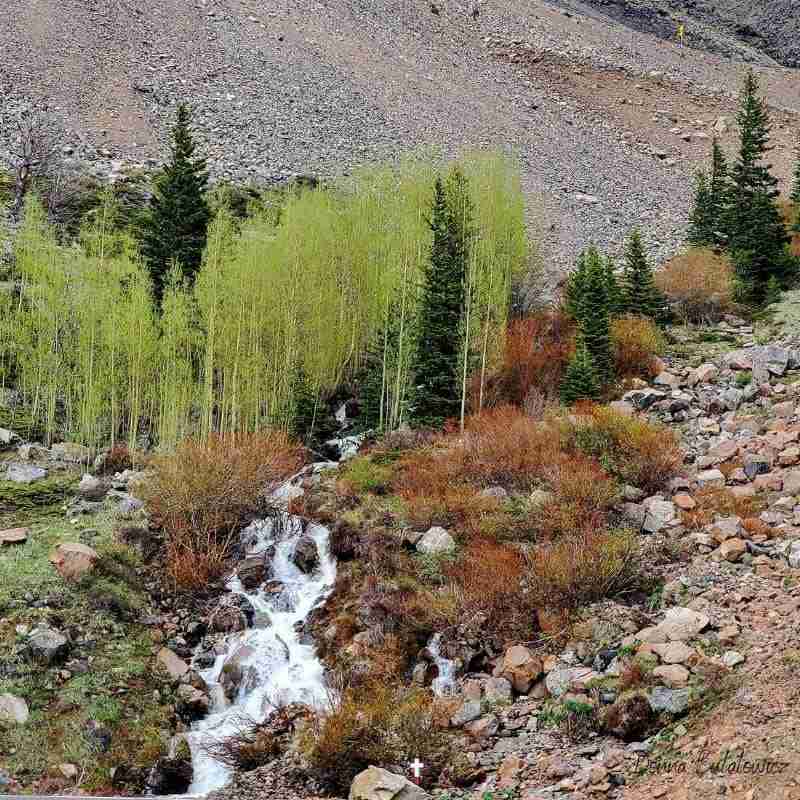
Near the peak, the crystal water gushed forth from under a thick patch of melting snow. It poured down the mountain and spilled into a creek, changed by the journey.
Peaceful blue-and-sunshine forget-me-nots burst forth from otherwise austere tan scree, and lavender-and-cream lupine and yellow arrowleaf balsamroot splashed color throughout clearings. Medicinal plants dotted the meadows, offering their own balms, energy, and healing.
Towering lodgepole, ponderosa, and other pines mingled with aspens at the base, while scraggly bushes and grasses stayed low to the ground on the top. Pools of water dotted the alpine clearing, along with a heart-shaped patch of melting snow.
Before leaving the house that morning, I’d requested two specific signs from the other side: forget-me-nots and a heart shape in the snow.
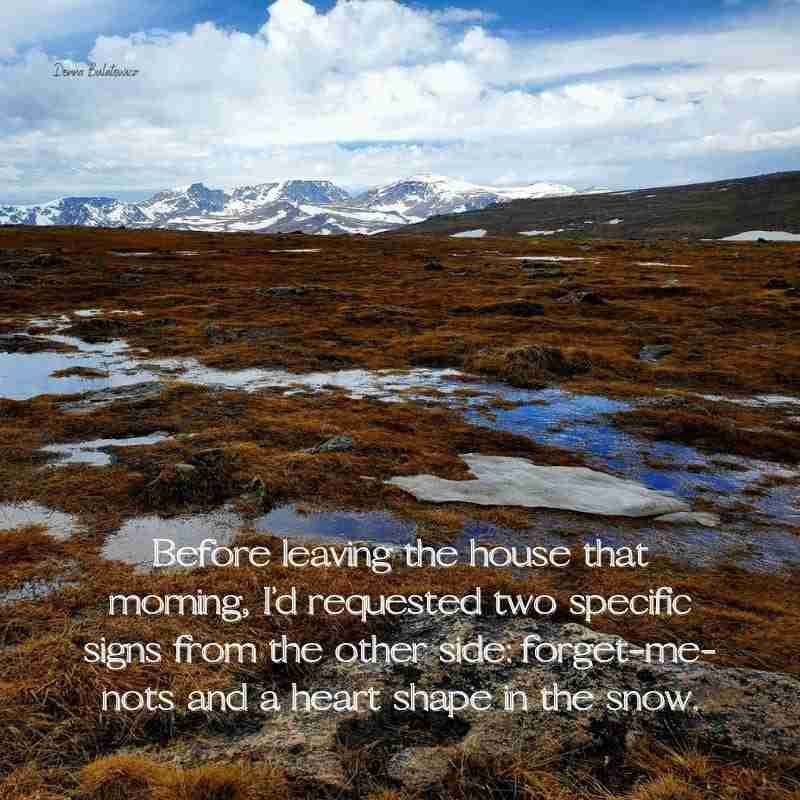
As I stood in the brisk wind and cooling, cleansing rain, I breathed deeply, filled with both peace and gratitude for this journey. Mindfulness is something I’ve cultivated in the past year, and I slow down and enjoy the present moment more than I used to.
This has a positive effect on my mental health, reducing depression and anxiety. Healing, at times, is a slow process as one sifts through emotions, memories, and all the impacts on one’s body and mind from trauma. It often moves at a glacial pace, carving new neuropathways and altering one’s brain.
I stood exhilarated and reflected on the metaphorical self-healing journey I’m taking as I recover from what my therapist referred to as “extreme” childhood sexual abuse.
The Self-Healing Journey Began with a Series of Dreams
Two years ago, I began having dreams that eventually resulted in the awareness that the sexual abuse still impacted me. I dreamed of the person who molested me.
The dreams caused so-called “negative emotions,” like anger, frustration, fear, emotional pain, and more. These emotions served as a wake-up call that I needed to commence a healing journey, though it took me a while to fully understand that valuable message.
At first, I dismissed the importance of these dreams, just as I had dismissed how profoundly abuse could affect my mental health, as well as spiritual, emotional, and physical health.
I had learned to bury memories and dreams deeply as a child, especially after the abuser and her enablers retaliated against me for telling on her. Additionally, the child psychologist told me I was fully healed less than a year after I told on the person who abused me. I believed her.
I also didn’t want to face how deeply the sexual abuse had impacted my well-being.
It affected my sympathetic and parasympathetic nervous system, stress hormones, immune system, physiological functions, self-awareness, self-compassion (or lack thereof), and many other aspects of my physical, mental, emotional, and spiritual health.
The amount of damage she did to me scared me subconsciously, so I hid from it.
For decades, I ignored all the signs that sexual and other abuse still had a profound impact on me. I remained disconnected from my body, as well as from my mental health and physical health.
Likewise, I was mostly dissociated from my emotions—except for some so-called “positive emotions”—and spirituality. Addressing and feeling all emotions and impacts of the trauma is crucial for the body’s and mind’s ability to recover.
Haunting Dreams with Healing Messages
For over a month, these dreams haunted me a few times a week. I’d dream I was back in the abuser’s classroom. Some dreams were typical dreams, while others were more trauma dreams and memories.
I also had more nightmares about being chased, harmed, etc., all of which I now know are fairly typical for a survivor. I’d wake up with emotional and sometimes physical pain.
Then, the dreams changed. They showed up in the middle of another dream and became very vivid, so much so I could smell and feel everything; all appeared as it would in real life. The abuser sat on her desk, and I stood in front of her. We were both adults.
She held out her arms, called me hers, and told me she was so sorry and she loved me very much.
Many Paths to Working Through Trauma are Scary and Uncomfortable
The first time I had this dream, I walked out of it, back into the other one, and woke up having a panic attack. Needless to say, I started feeling more anxiety and emotional pain because of that dream.
I began practicing sleep meditation, but my mind raced. Before I fell asleep each night, I worried I’d have a dream like that again.
But these dreams showed up frequently, helping me realize I had healing to do, especially as depression and anxiety increased. I journaled and talked to some dear friends. I then told my talk therapist and sought out other healing resources.
In addition to therapy, I wanted to engage in self-healing practices. In this context, self-healing refers to taking charge of one’s own healing and integrating practices learned from therapists, books, and other survivors into one’s daily life.
Clinical psychology tends not to use the “word self-healing,” though self-help books and individuals sometimes choose to do so. This term best fits what I’m doing.
The Self Healing Journey Begins
I began my journey expecting it to go more or less linearly and quickly—this is what the child psychologist had led me to believe. I had no idea it was more like traveling the Beartooth Pass than a mostly flat prairie.
The path up the mountain winds its way along, providing different vantage points from which to view the same phenomena, just like a healing journey. One may return to the same challenge, memory, etc., but at a different point in life and have a new perspective with which to view and heal it.
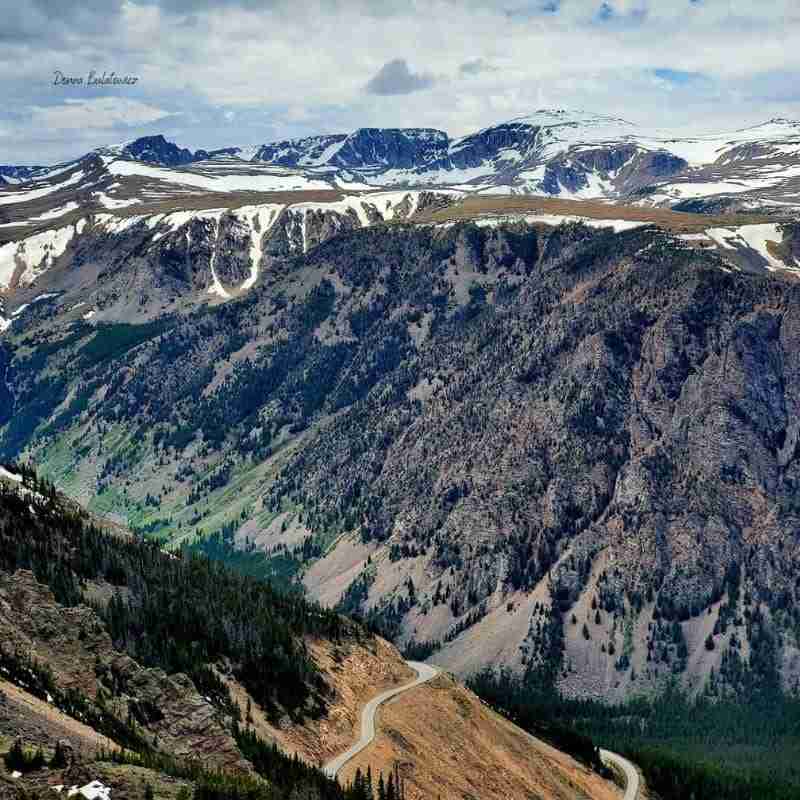
I had no idea what supplies I would need, so I gathered everything I could think of: books, empty notebooks and journals, pens, and highlighters.
I started off like a clueless tourist who decided to hike in the Beartooths with minimal preparation and no knowledge of the terrain, armed with nothing but a positive attitude and energy, unprepared for the level of physical activity or the body’s ability to cope with the unexpected.
Healing with Compassion is Not a Solo Adventure
Reality descended upon me quickly. I floundered. Once I stopped shoving them away, flashbacks descended mercilessly, along with the accompanying panic attacks.
I had not realized how much of a negative impact the abuse had on all aspects of my life and health. I didn’t understand the amount of stress my body carried due to what that person did to me. The amount of physical and emotional energy healing takes also shocked me.
I slowly reached out to loved ones. After allowing the abuser and her enablers to silence me for so long, I needed to tell my story. The pressure and pain of silence became too much to bear.
I expected rejection. After all, that—along with additional trauma—was what I received when I told as a child.
This time, however, I received support. I not only have far more social capital these days, but I know more about the traumatic and lifelong impacts of abuse and other childhood traumas.
Additionally and most importantly, I have a beautiful community of loved ones around me who care about and want the best for me, just as I do for them; we enhance each other’s lives. I have built a heart-and-soul community of friends and family to whom I’m deeply grateful.
My community heard me, saw me, and supported me, which proved more healing than anything else. Thus, through what some call the “emergency stage” of healing, limitless love and support embraced me.
I also found other survivors, some of whom had journeyed further than I and who could give me tools and a map. I no longer forged my own path. Companions accompanied me as I traveled along a trail, just like going up the road to the Beartooth Pass.
Reality Sets In Along the Self-Healing Journey
This expedition has moments of breathtaking beauty, like many of the scenic overlooks on the highway. It has sections where one has to slow down to navigate or pause to rest and revel in the glory of a hidden waterfall, patches of glorious flowers, cool rocks, and stunning panoramas.
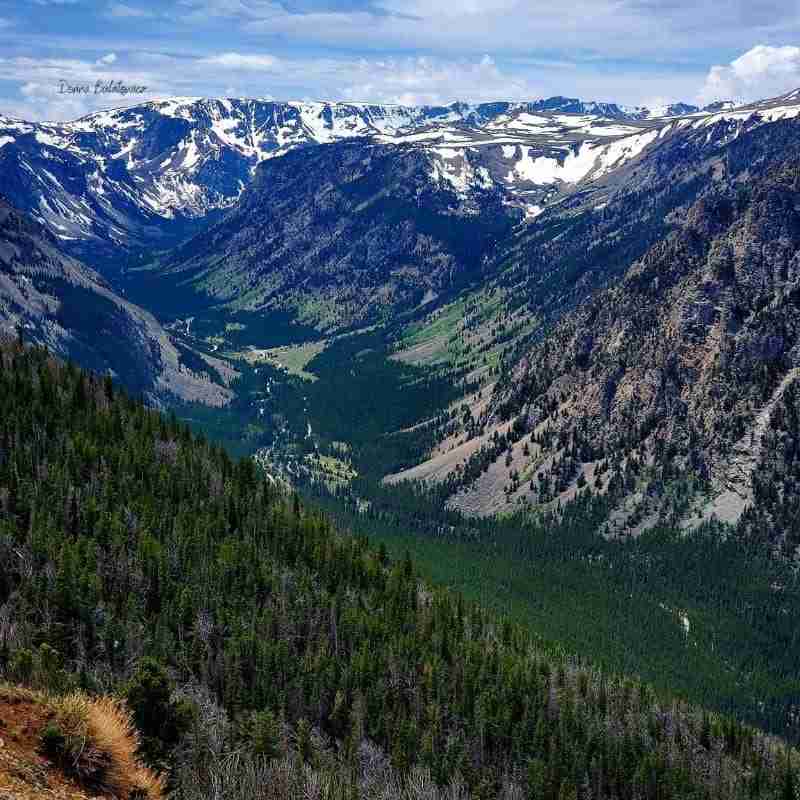
The self-healing journey is joyous, with moments of peace, love, life, and beauty.
Although I wanted to go full sped ahead and be “perfect” on the healing journey, that is impossible. Beauty lies in imperfection.
Healing occurs in and among the stops and starts, the forging of new paths as one rewires the brain, the moments of breathing exercises, mindfulness, self-care, self-compassion, and the burgeoning of self-love, and more.
I’ve realized that although I’ve long treated rest and self-care like options, they are necessary for my recovery from extreme trauma. We can rest by spending time in nature, meditation, journaling, and taking a break from healing.
These practices enhance the ability to recover. As I’ve journeyed further up the mountain, I’ve found opportunities to share my story and reclaim my voice, as well as identify and honor my emotions.
I’ve also floundered, frustrated, and angry when mired in the mud of someone who derailed my path temporarily. I’ve forged ahead without looking, and I’ve backtracked to find another way. Mistakes are learning opportunities to find out what works best for each survivor.
There Were Helpful Guides Along the Path of Self-Healing
I have wonderful guides in the form of other survivors, therapists, books, and more. But I’m the expert in my own self-healing process, and I create practices that work for me.
I recognize the importance of regular exercise, examining and releasing emotions, mindfulness meditation, and in eating foods that help reduce depression and anxiety.
These practices promote overall well-being. I’m also more regularly getting health care instead of avoiding medical treatment and trying to develop additional good health habits.
In survival mode, I didn’t always take care of myself. Plus, I disconnected from my body. It hurt to constantly occupy the scene of the crimes.
The human body is complex, and all the impacts of trauma have not yet been identified. However, research suggests that chronic and/or complex trauma can impact all aspects of health and well-being, even one’s DNA.
Making the Self-Healing Process Unique
I am academically oriented, so part of my journey involves analyzing peer-reviewed articles and other forms of research to learn as much as I can. It also involves reclaiming dreams like writing books, art journaling, writing poetry, and other creative pursuits.
I have hope for a future again.
As I am compassionate and empathetic, my healing involves helping others and having a positive impact on their lives, even if only temporarily.
For example, I share my story and what is working and not working for me, listen to others, am present with them, create and give trainings to help adults protect children, and more. I heal from helping others as well as myself.
Although one can grab a map of the Beartooth Pass and know the route up, one will not know in advance all the wonders or challenges. It’s a new adventure and a new process each time. Likewise, every self-healing journey is unique, and it is essential to find joy within the journey and honor the struggles.
Trust is an Essential Part of The Self-Healing Process
Trusting in the journey and trusting myself has been challenging, rewarding, and new. After that teacher and her enablers shattered so much trust, I am slowly reclaiming my intuition and innate trust in myself and others.
I see my value again, as I once did as a child. My future is looking brighter and more hopeful. I’ve learned how to trust more in the universe, as well as create my own rituals and other healing practices that help me.
Like when I stood where the mountains kiss the sky, I stand where I am on the journey and see how far I’ve come and what glorious treasures I’ve unearthed.
The views are awe-inspiring, and I have wisdom to share if I only trust and listen to myself. I stand in the cleansing rain, releasing what no longer serves me and welcoming a new chapter in my life. I will continue to heal and give the gifts of my journey to myself and others.
This journey is magical and magnificent, as well as powerful beyond what I’d imagined.
What are your thoughts and feelings about the self-healing process? Let us know in the comment section below.

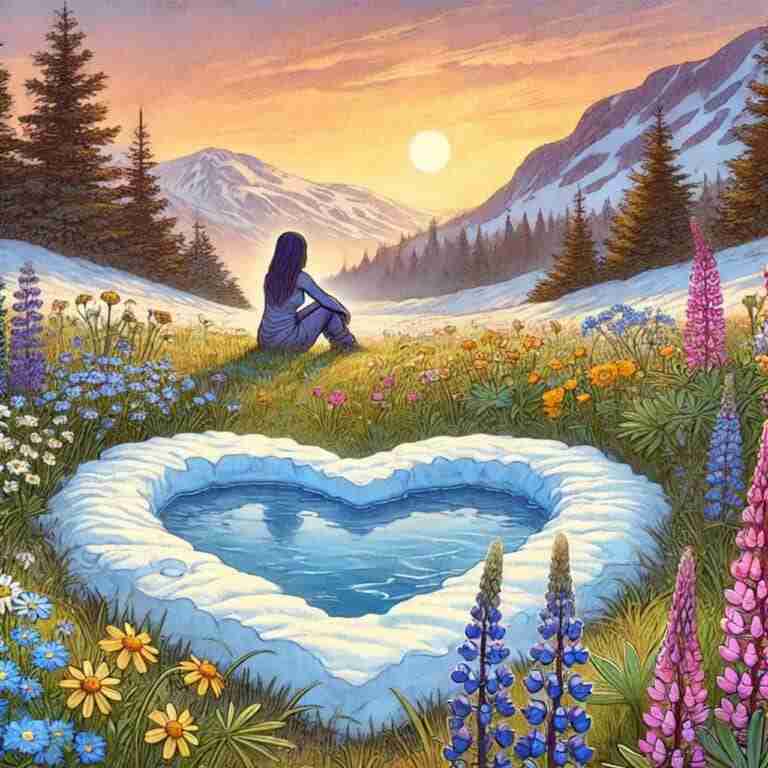

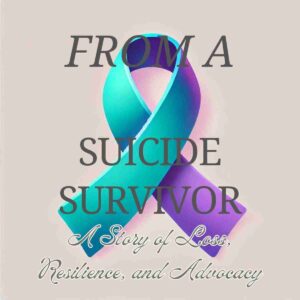



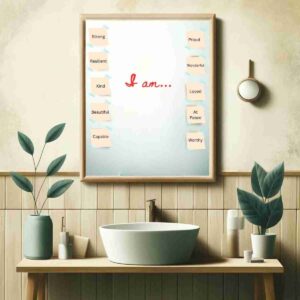


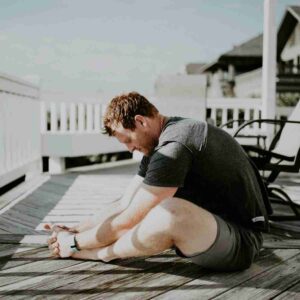

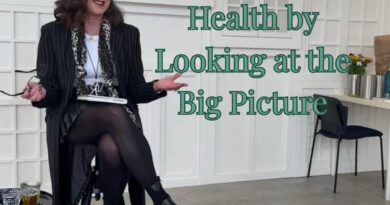
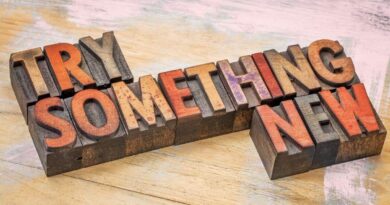
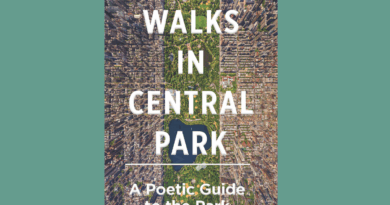
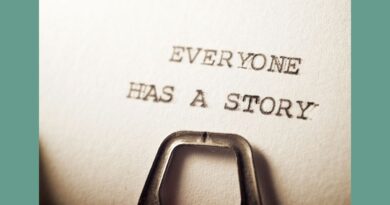










0 Comments